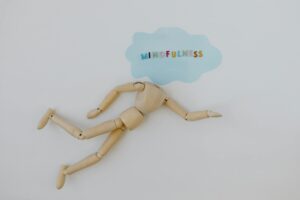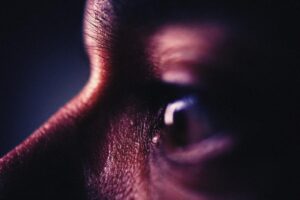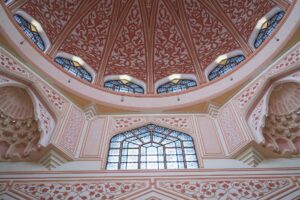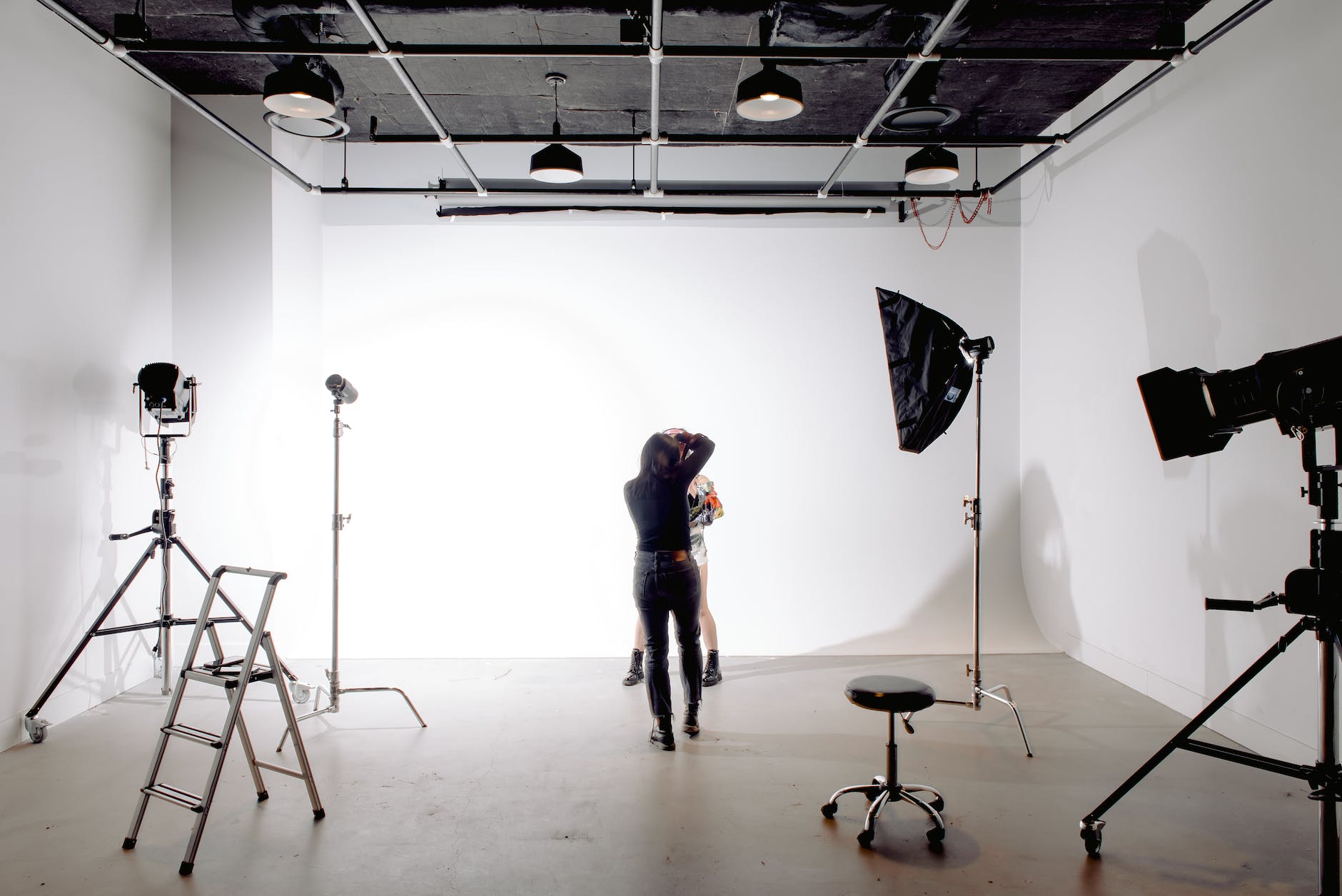In this kaleidoscopic age, a nostalgic yet innovative artistic wave is taking over the cultural landscape – Modern Psychedelia. A clear nod to the countercultural 1960s movement, contemporary psychedelic art is a mesmerizing blend of colors, patterns, and design that elicits a sense of wonder and mind expansion. Today’s psychedelic art movement ranges from digital art and street art to graphic design, heavily inspired by the modern age, spirituality, multiculturalism, and self-expression.
Perhaps the most captivating aspect of modern psychedelia is its evolution through the rapidly developing field of digital art. This form of expression employs cutting-edge technology, enabling artists to generate transcendental imagery that pushes the boundaries of the human imagination. Indeed, the dawn of digital art tools has ushered in a whole new era for psychedelic art. For instance, software such as Photoshop and Illustrator, amongst others, have made complex layering, surreal geometric patterns, and vibrant fractals a game-breaking reality.
On the other hand, with our urban landscapes becoming sprawling canvases, psychedelic street art adds to the surreal ambiance. All around the world, city walls are being transformed into psychedelic spectacles, turning mere alleyways into mystical passages. Murals carry thematic correspondence, from ethereal metaphysical concepts to biting sociopolitical commentary. The street art movement embodies a significant portion of contemporary psychedelic creativity, expressing multicultural narratives and providing a visually spectacular form of public self-expression.
Furthermore, the growth of festival culture in recent years has bolstered the appeal of psychedelic aesthetics. From mural painting to stage design and interweaving visual arts with musical performances, festivals have emerged as crucial platforms for modern psychedelic artists. Havens like Burning Man, Electric Forest, and others, create immersive environments that not only showcase psychedelic art but also encourage audience interaction, making it an integral part of the collective experience.
In terms of graphic design, captivating visuals and psychedelic elements have been increasingly adopted by various businesses and industries for branding and advertising purposes. Notably, the music industry has been at the forefront of this psychedelic resurgence, leveraging on the historical relationship between music and psychedelic art to create visually impactful album covers and posters. Moreover, fashion, interior design, and even culinary arts, also deploy psychedelic motifs to pique consumer interest and realize the abstract.
Interestingly, the New Age movement and the renaissance of spirituality within popular culture has shaped the thematic substance of contemporary psychedelic art. A significant number of works are permeated by spiritual symbology and themes such as self-discovery, unity with the cosmos, and enlightenment. The use of motifs depicting chakras, auras, and sacred geometry bear testament to this influence.
In an increasingly multicultural world, the incorporation of various global influences within modern psychedelia has given birth to a vibrant and diverse artistic movement. Tribal patterns from Africa, mandala designs from Asia, Aztec symbols from South America and the Middle East’s arabesque motifs are not uncommon sights, analogized and recontextualized within the vast psychedelic canvas. By integrating multicultural elements, these psychedelic pieces indeed mirror the global interconnectedness of our time.
Finally, at the heart of modern psychedelia lies the concept of self-expression and mind expansion; the art serves as a conduit for artists to communicate complex ideas, emotions, and visions to the viewer. Psychedelic art beckons the observer to venture beyond the ordinary, encouraging a deeper exploration of the subconscious and the universe.
Evidently, the psychedelic art in our contemporary culture is a rich tapestry, woven together with technicolor threads of creativity, spirituality, and multiculturalism. Its striking aesthetic and limitless form continue to inspire, challenge norms, and reflect the complexities of our collective consciousness in the most vivid of colors.






